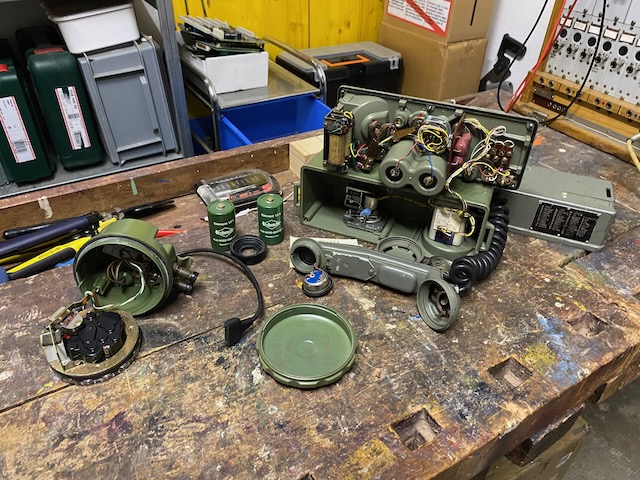
This is the Yugoslav People's Army field telephone developed in the early 60ies as successor to the PTI-49 [1]. The instrument's overall design is clearly based on the US TA-43/PT, though the handset is based on the Swiss FTf50 (Based on other products there may have been some cooperation between Swiss Siemens and Iskra) and the lid locks on the Swedish m/37.
From Regulations for Inductor Telephone M-63
[1]:
The inductor telephone M-63 is intended for maintaining telephone connections in all units of the JNA (Yugoslav People's Army) primarily in field conditions. To work over automatic telephone exchanges, the M-63 telephone must use dial unit BN-1.
The M-63 phone enables:
- direct operation between two telephones
- intermediate work through LB switchboards
- intermediate work through a manual CB switchboard
- intermediate work through automatic telephone exchange using dial unit BN-1
- remote operation of radio units
Disassembled.

The diagram is glued to the inside of the enclosing (on this one glue did not hold anymore and it fell out).
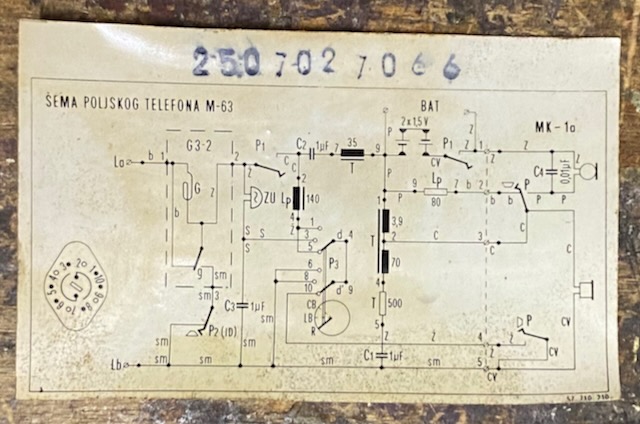
The handset opened (The TX capsule made by Tesla, Czechoslovakia).
The handset is very similar to the handset of the Swiss FTf 50.
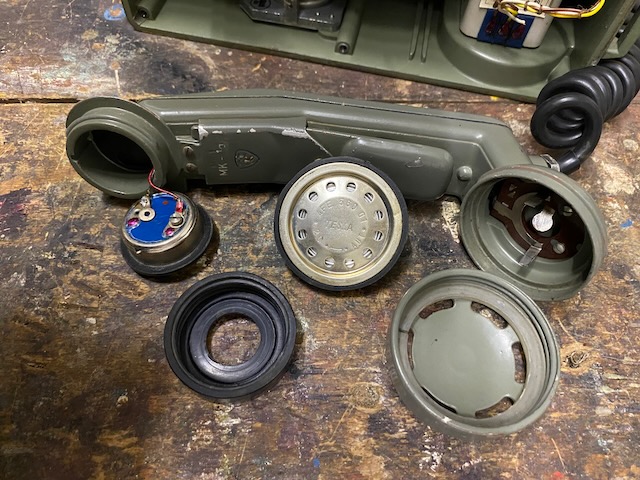
Mounted into the bottom the buzzer (ZU) and the magneto.
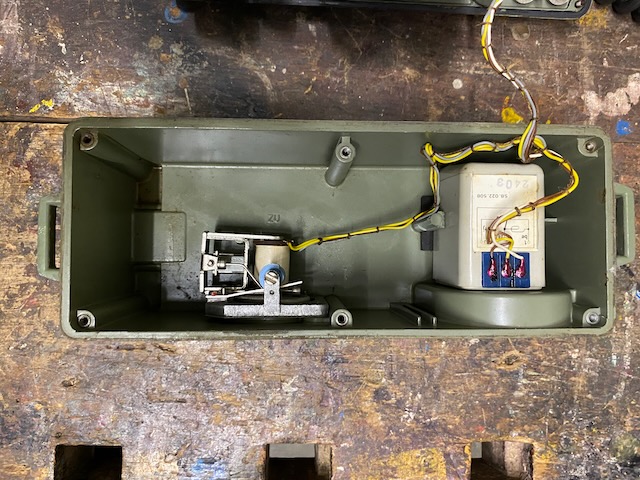
Mounted to the underside of the lid from left to right: speech coil, choke coil, hook switch, buzzer volume (mechanical clutch), test button, mode switch, handset connectors and line binding posts.
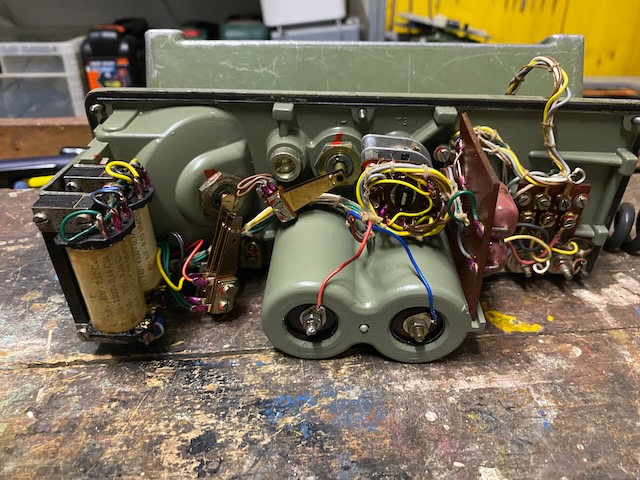
Speech coil (anti-sidetone setup) and below the choke coil.
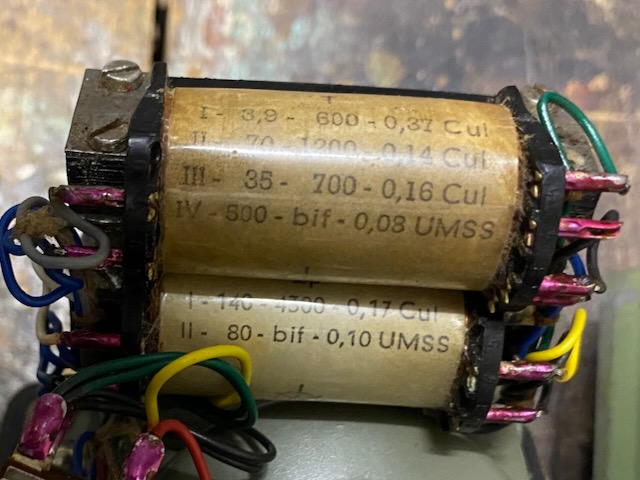
On the battery lid underside an indication on how to put the batteries.
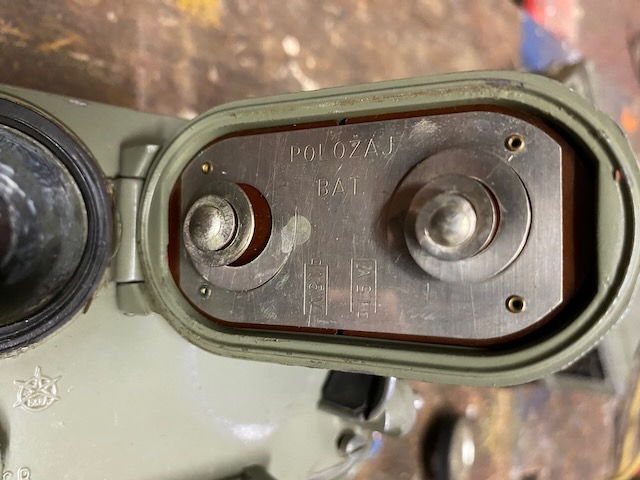
Battery compartment.
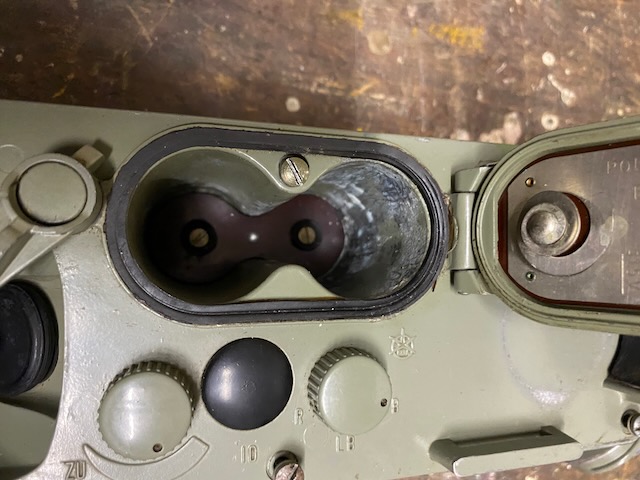
On top left an external battery can be connected.
The handset is held by a spring on the TX side.
In the middle the buzzer volume (ZU), the line test button (ID) and the mode button (R, LB, CB).
The top setup is clearly inspired by the US TA-43/PT.
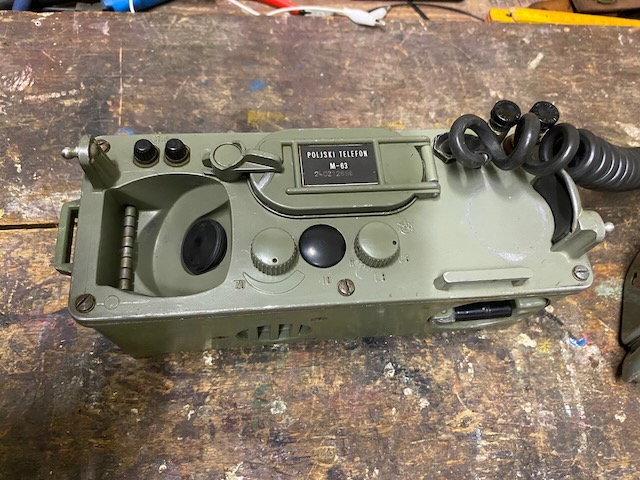
The handset "MK-1-A" with P.T.T. lever.

The handsetcompared to the handset of the Swiss FTf 50, the "MK-1-A" is clearly based on the latter.
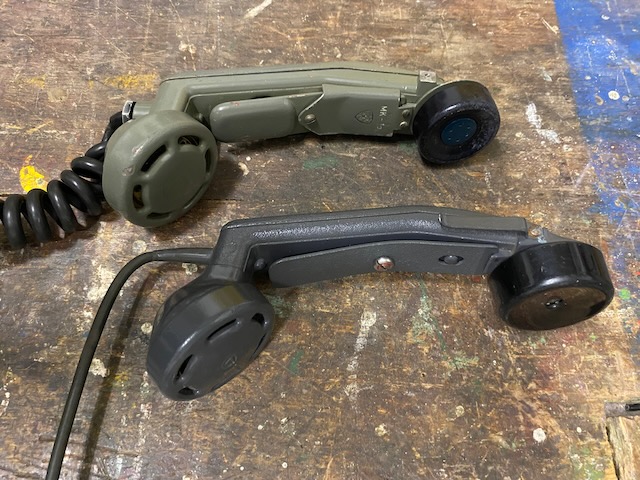
The dial unit opened.
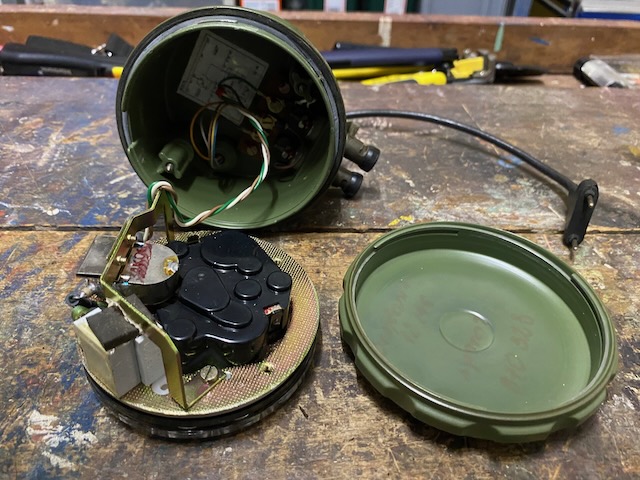
There is a small diagram inside the dial unit.
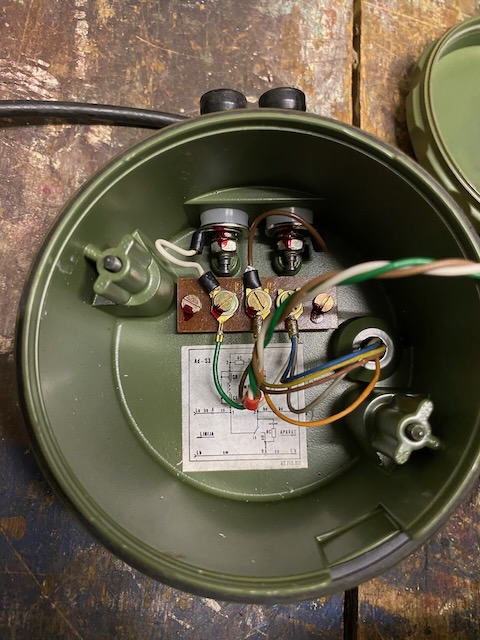
Dial unit "BN-1" made in 1986.
"Brojcanik za polski telefon M-63" (Dial unit for field telephone M-63).
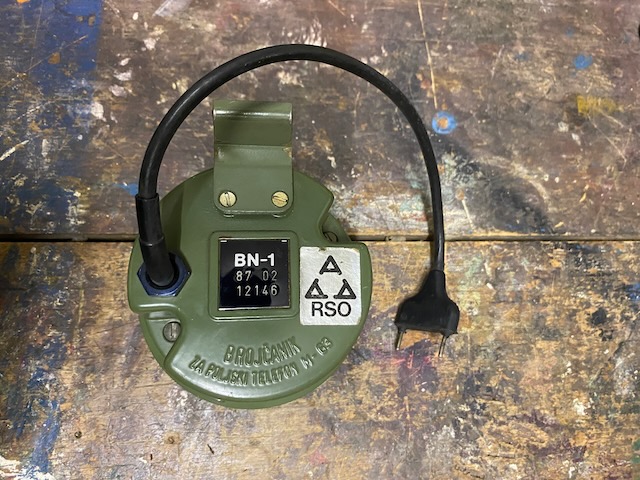
Ready to pack up.
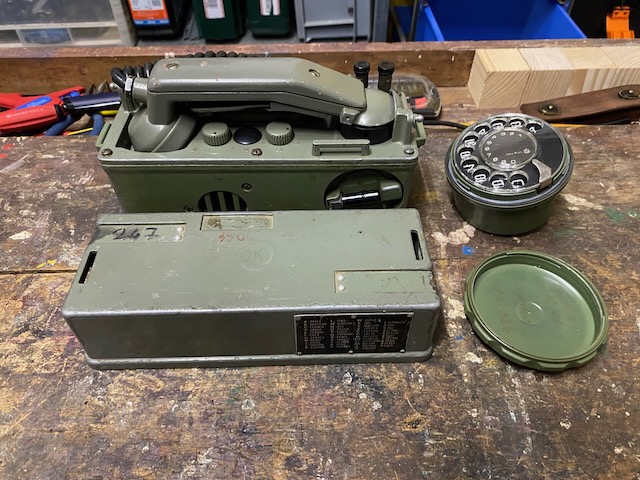
Ready to use on a CB/Aut. line.
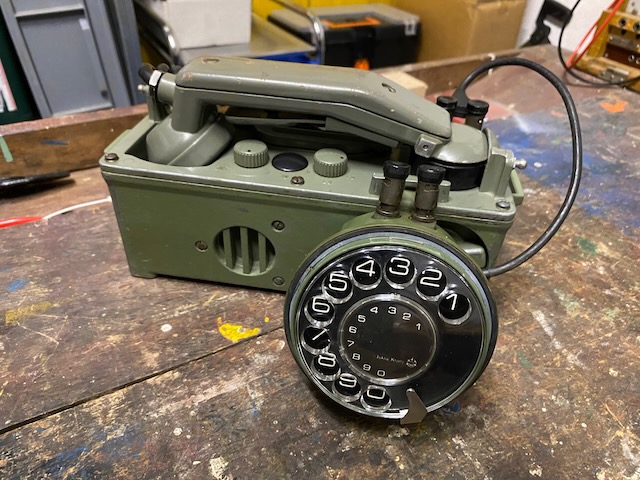
Ready for transport.
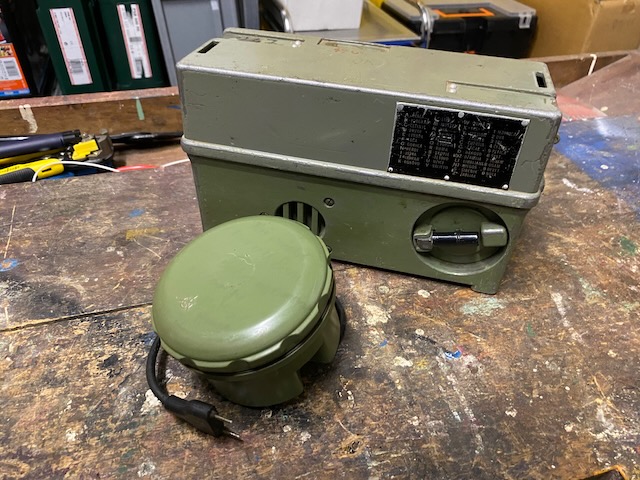
The mechanism to close the lid is taken from the Swedish m/37.
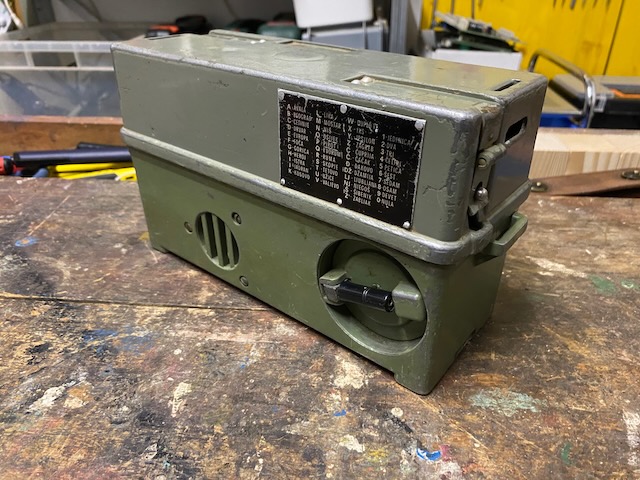
Inside the top lid a user guide: "HANDLING THE M-63 TELEPHONE"
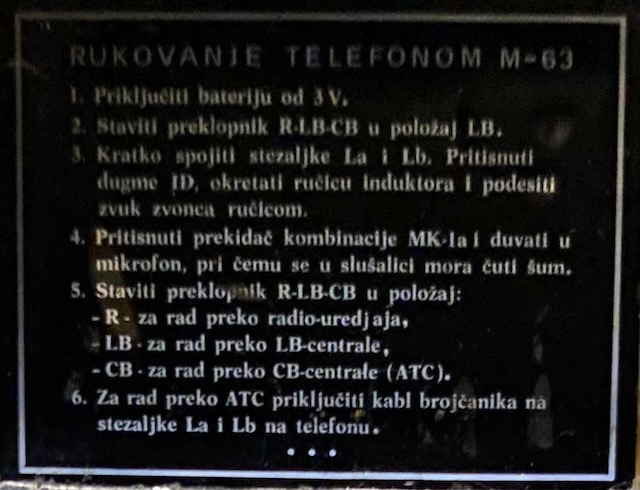
User guide contd.:
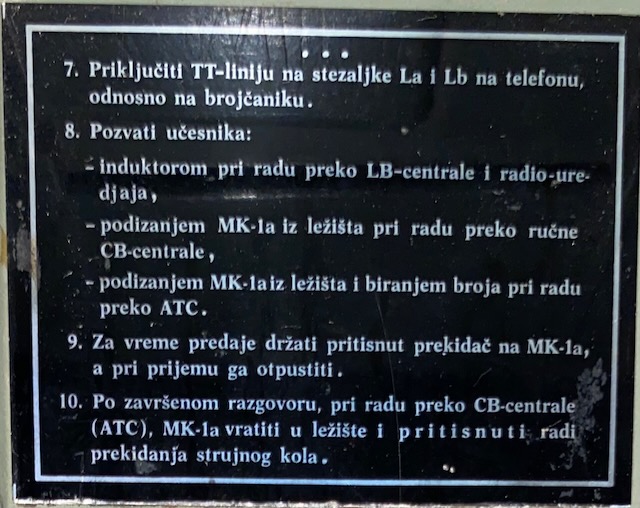
The spelling table on the top lid outside.
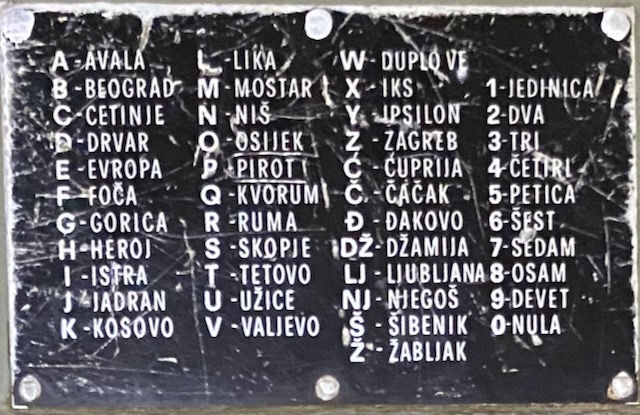
Label with what is assumed to be a serial number.
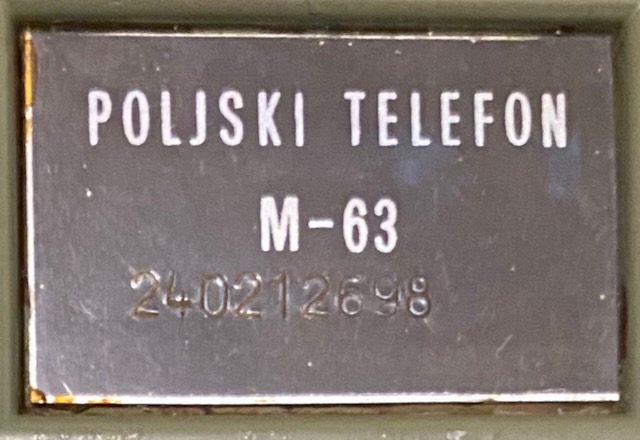
To illustrate the relation between Iskra and Albiswerk Zürich ("Swiss Siemens") on the left a Albiswerk ST 511, on the right an Iskra ATA 11.
ATA 11 telephones are also clearly based on a Albiswerk product, the ST511 (a desk telephone for private networks, in Switzerland a major customer for these sets were the Swiss railway company SBB).
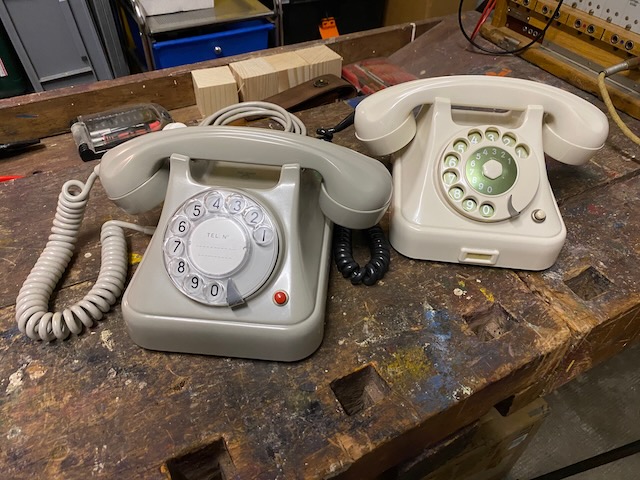
Bottom side of ST511 and ATA 11.
The "bee - ring" switch locks the ringer lever in the "bee" position resulting in a buzz instead of a ring.
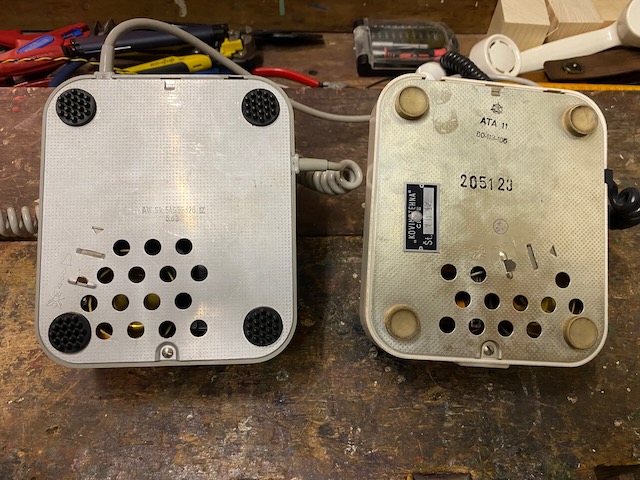
Bottom open.
The Albiswerk ST511 uses the same coil as speech and ringer coil.
The Iskra ATA 11 uses a traditional setup.
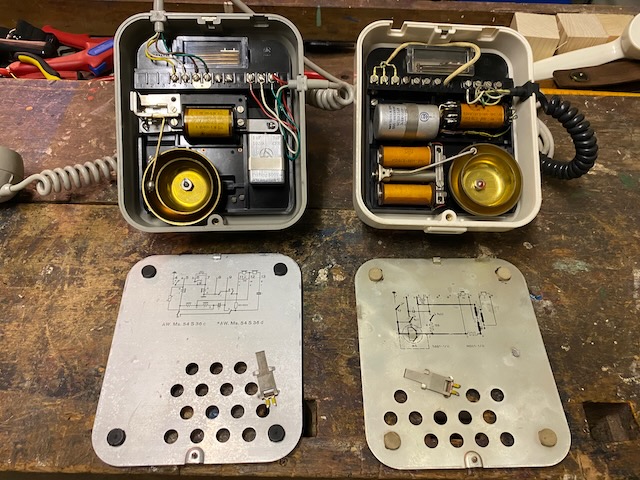
Inside open.
The Albiswerk ST511 uses fix connection "plates" instead of wires, and connects to the dial via spring contacts.
The Iskra ATA 11 again uses a traditionally wird setup.
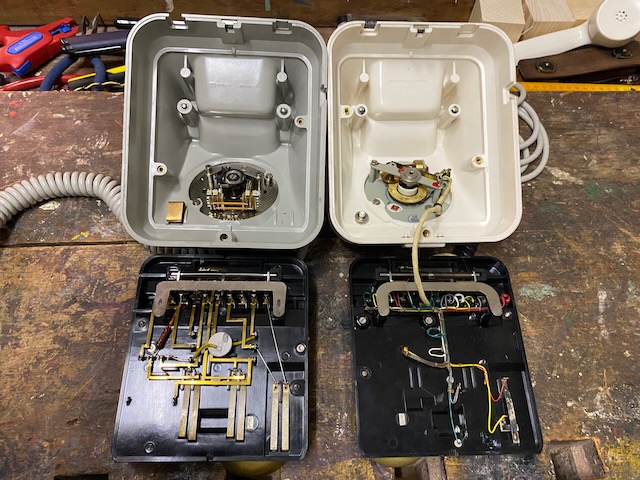
Creative Commons Attribution-ShareAlike 4.0 International License